Kanazawa Shrine and purification fountain
Our first stop is the Kanazawa Shinto Shrine in vivid vermilion with a beautiful entrance door in contrasting shades of blue, different from most shrines we visited recently. The symbol on the door is the Tokugawa Crest. The design work on the door reminds me of inlay work at the Toshugu Shrine. There is a large stone lantern standing on either side of the entrance to the shrine.
The Kanazawa Shrine built by the 12th lord Narinaga in 1824, for the purpose of protecting Takezawa Palace. Takezawa Palace built as a retirement residence for lord Narinaga, completed in 1822. After the untimely death of lord Narinaga in 1824, the palace had little use. During its demolition in 1851, Kenrokuen Gardens began to take shape.
Traditional ritual at the Shrine
Always behave calmly and respectfully when visiting a shrine. Near the entrance to the Kanazawa Shrine is the purification fountain. If you wish to enter the shrine you take one of the ladles provided, fill it with fresh water and rinse both hands. Then place some water into your cupped hand, rinse your mouth and spit the water beside the fountain. This is a traditional ritual before entering a shrine.
Ema Boards at the Shrine
The Ema boards are left by Shinto worshipers at the shrine with their prayers or wishes written on them. The Ema boards are left hanging at the shrine where the Kami (spirits or gods) receive them. Most people wish for good health, success in business, love, wealth, students for passing exams. Worshipers all leave their messages on an Ema boards in the hope that their wishes may come true.
Sacred Well and ancient stone Lantern
Near the shrine stands a small roofed area which protect a revered site where the first alluvial gold was found in the region. Known as ‘marsh of gold’ it translates to ‘Kanazawa‘ in Japanese. Look for the ancient Kanji sign under the interior of the roof, it tells the story of the ‘marsh of gold’.
An ancient stone lantern enhanced with moss and sunlight stands nearby and lends to the landscape at the Kanazawa Shrine.
After the Kanazawa Shrine, through the gate into the beautiful Kenroku-en Gardens.
Related Posts:
- Sensoji-Asakusa Kannon Temple
- The Kabuki Theatre
- Half Day Tokyo Tour
- Tokyo Japan travel to Nikko
- Toshogu Shrine Japan
- Nikko-Lake chuzenji & Kegon Waterfall|Tokyo-Japan-travel
- Mt-fuji-lake-ashi-komagatake-ropeway-japan
- What is an Irori,what is a jizai kagi Takayama gifu province Japan
- Takayama festival floats-matsuri festivals-gifu province japan
- Two headed monster-Sakurayama Hachimangu Shrine-Takayama-Gifu Province
- Hida hotel-Plaza | Farmers Market Takayama Japan
- Sugidama Sake breweries – traditional shops Takayama Japan
- 450 year old cherry blossom trees scenic Miboro dam Takayama
- The old Toyama family farmhouse Shirakawa-go
- Ancient a-frame Gassho-zukuri homes – villages of Shirakawa-go
- Doburoku matsuri festival Gokayama-washi Shirakawago villages
- Kanazawa railway station east plaza city center
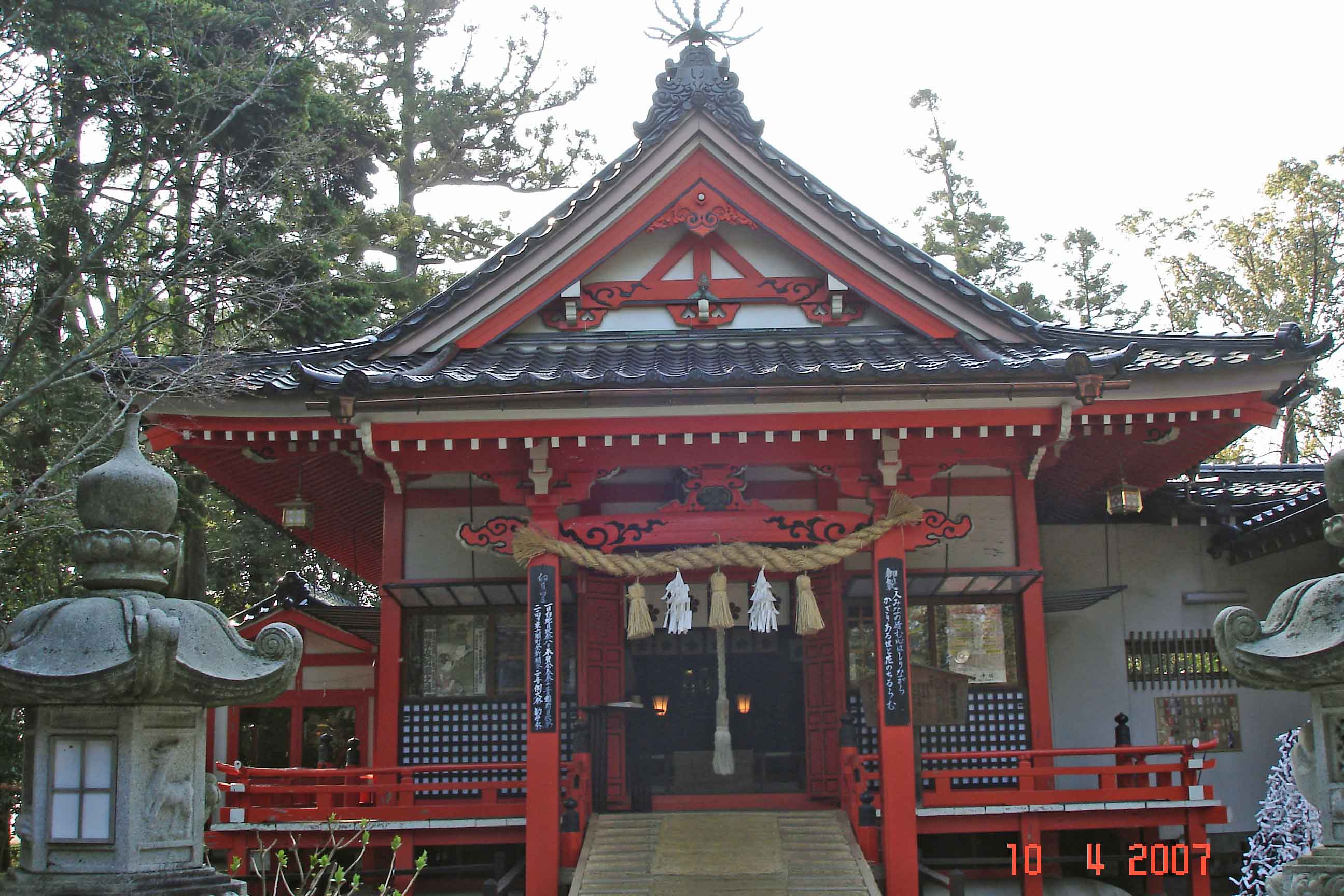
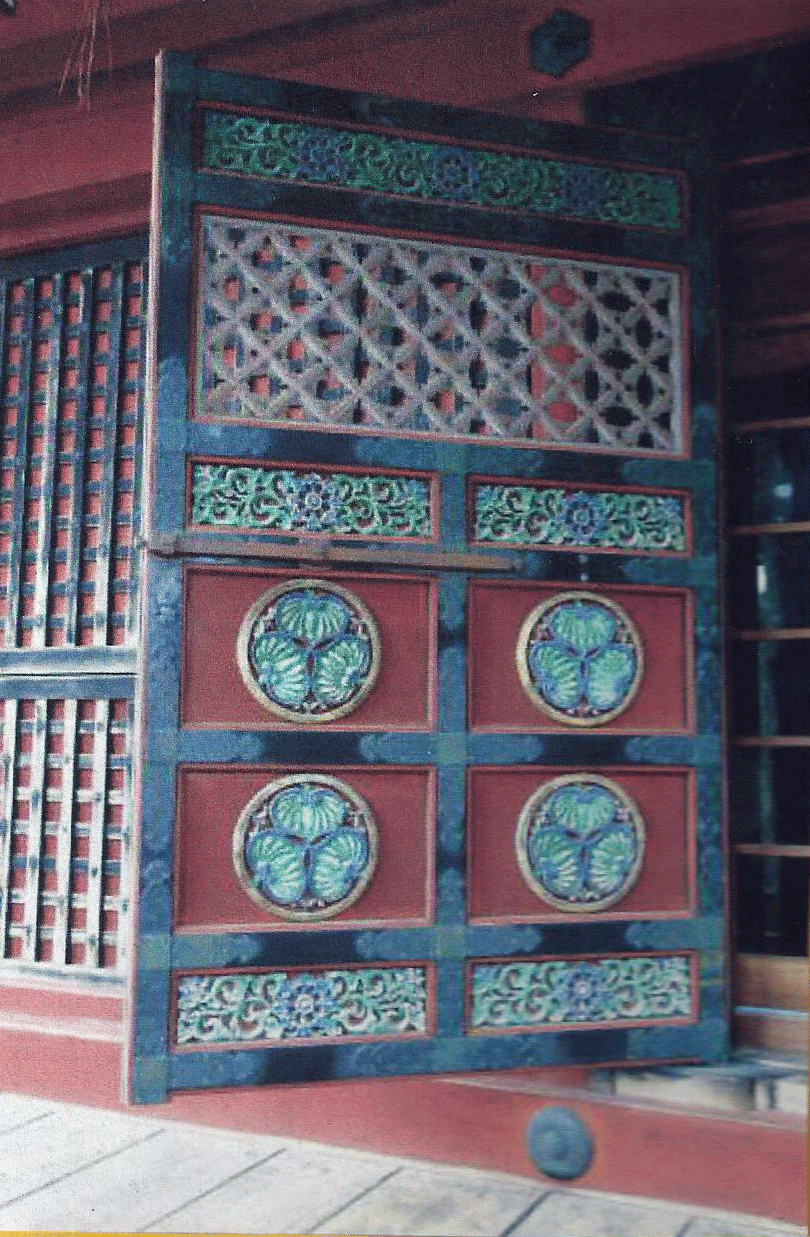
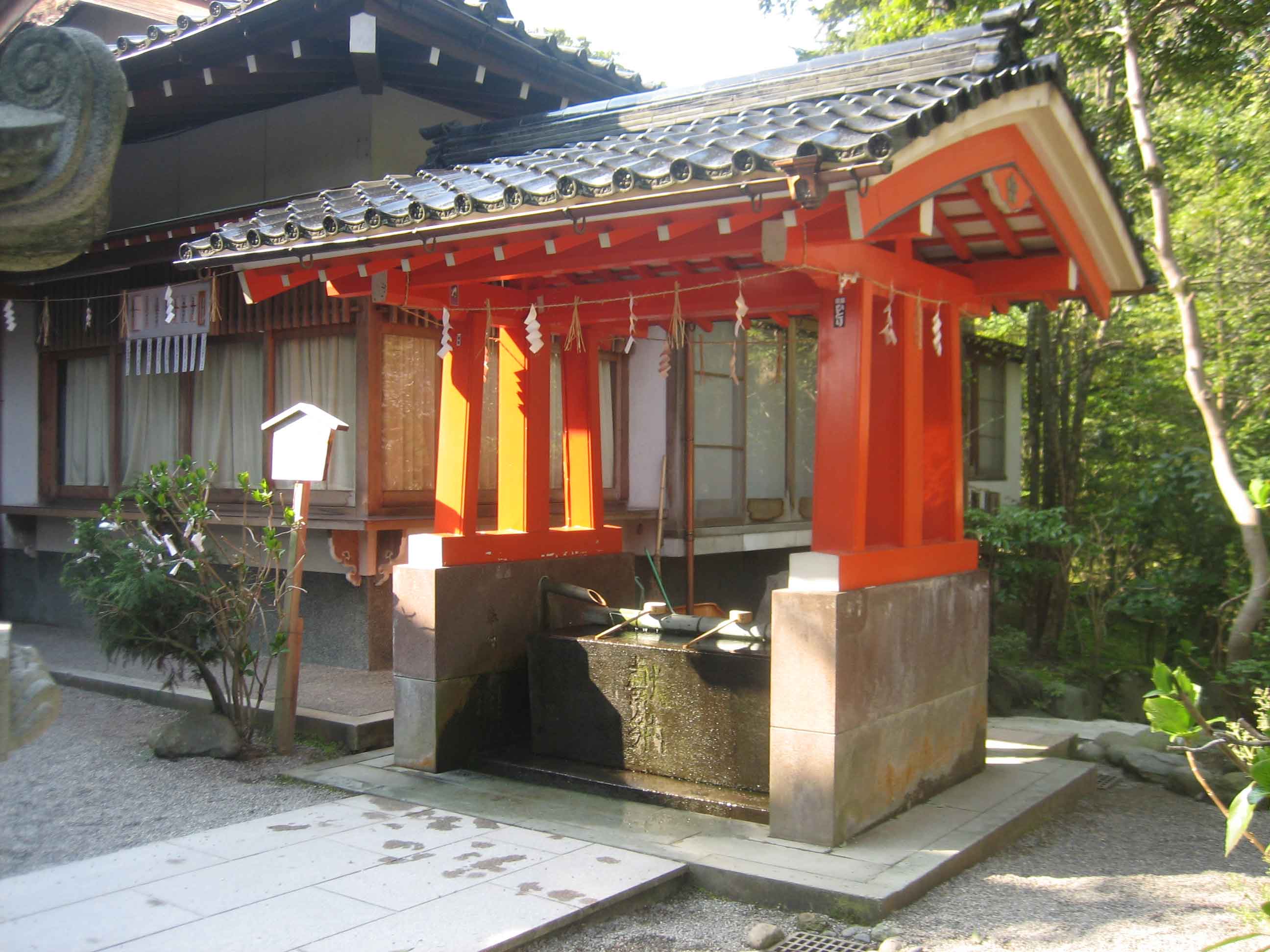
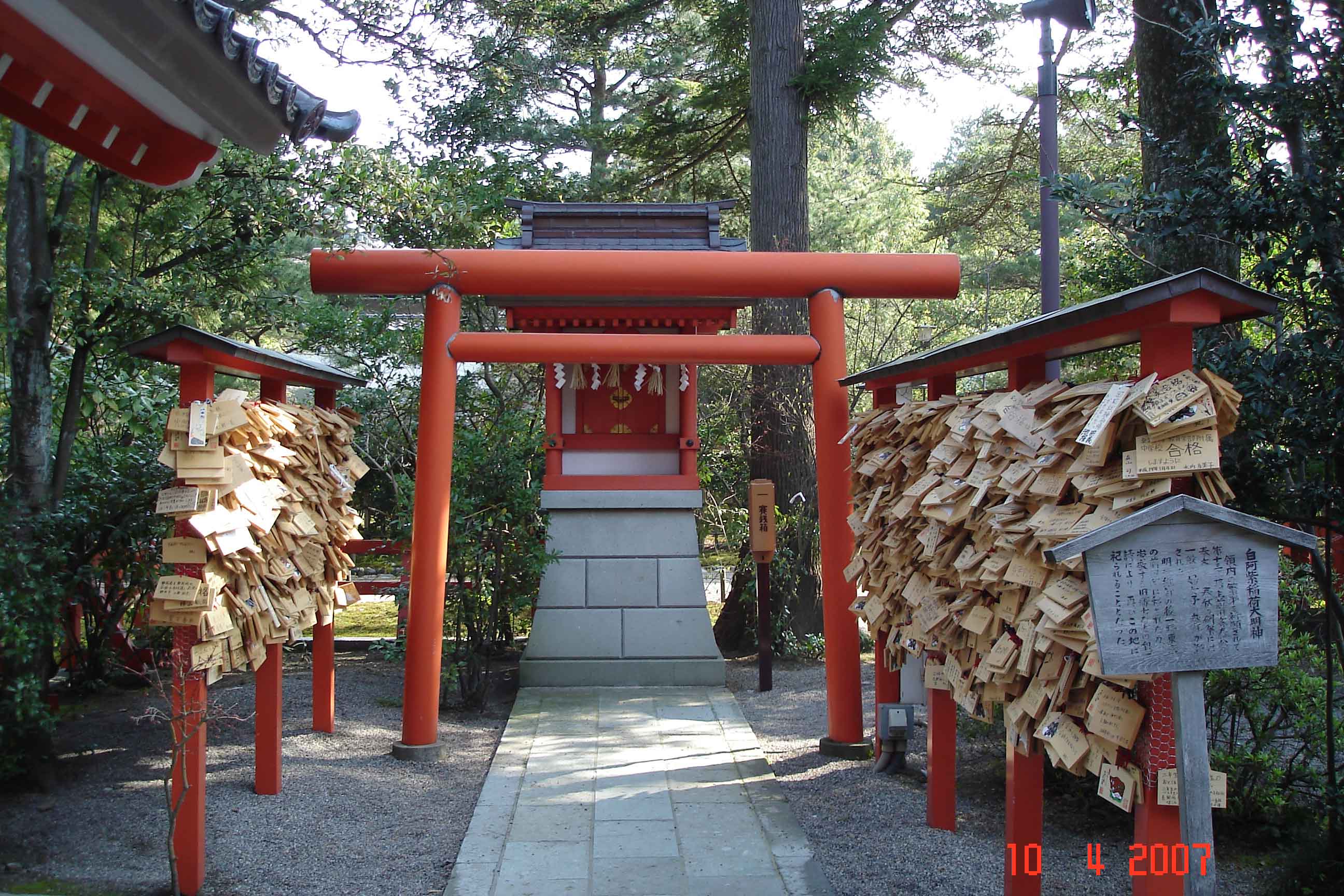
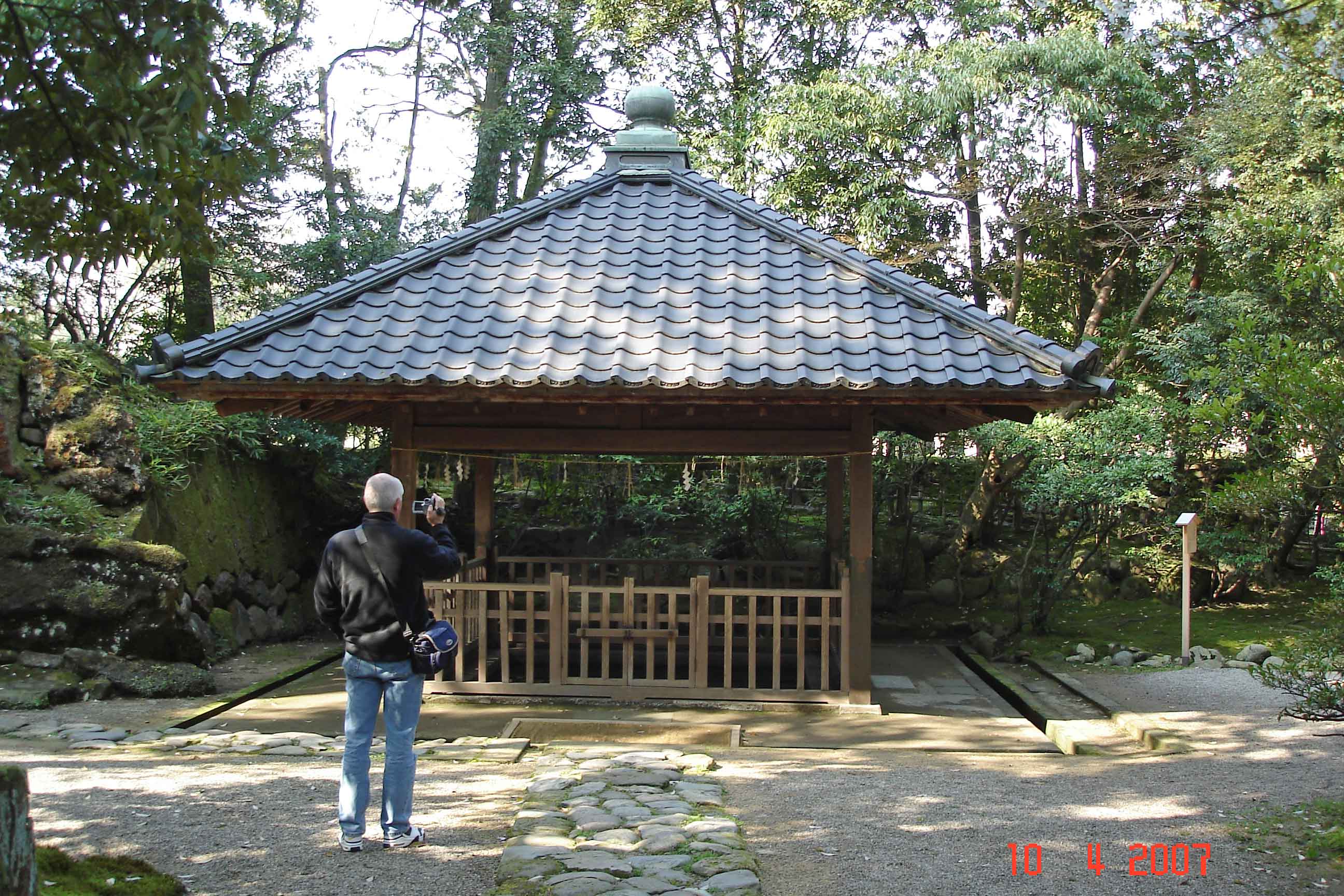
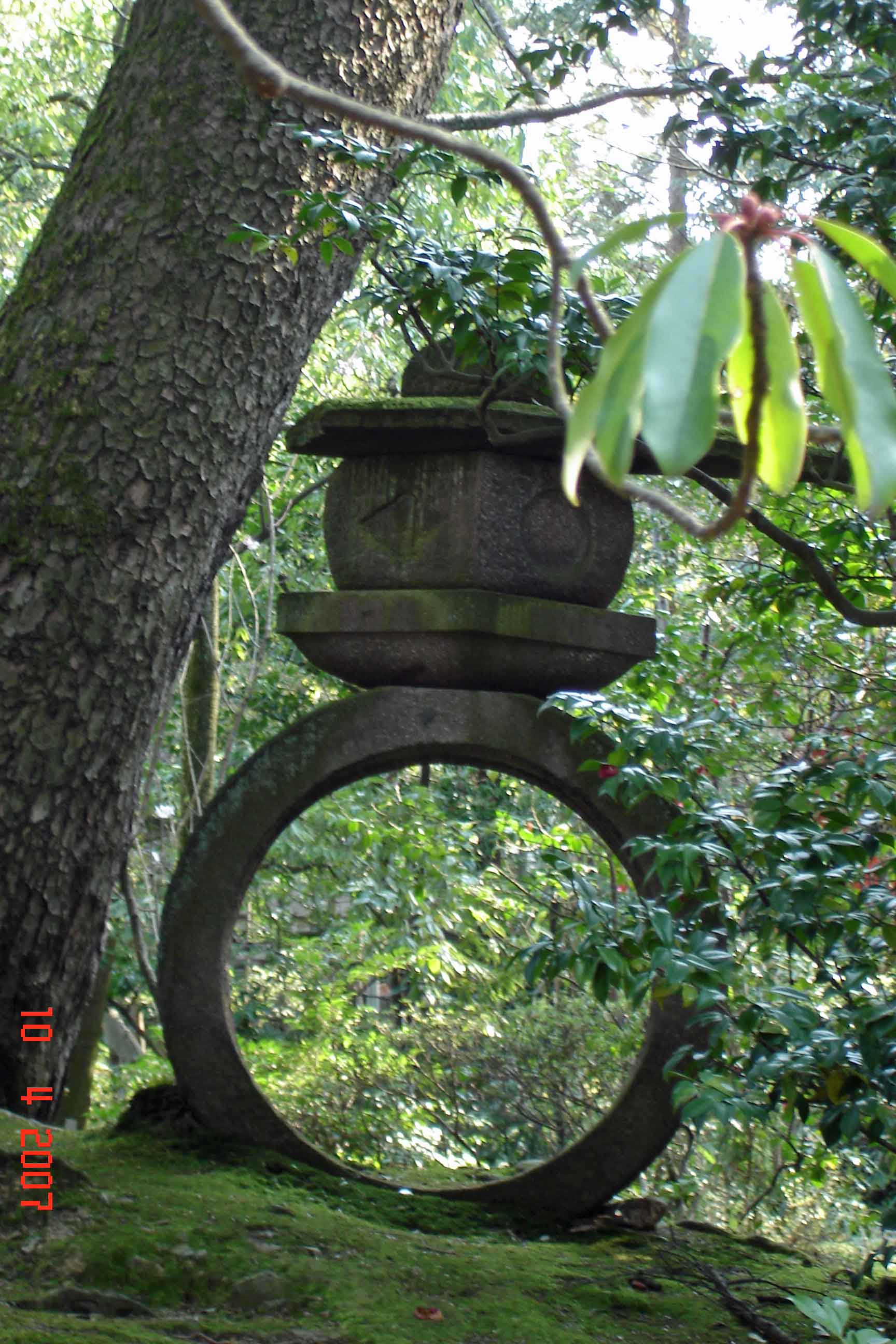
Speak Your Mind